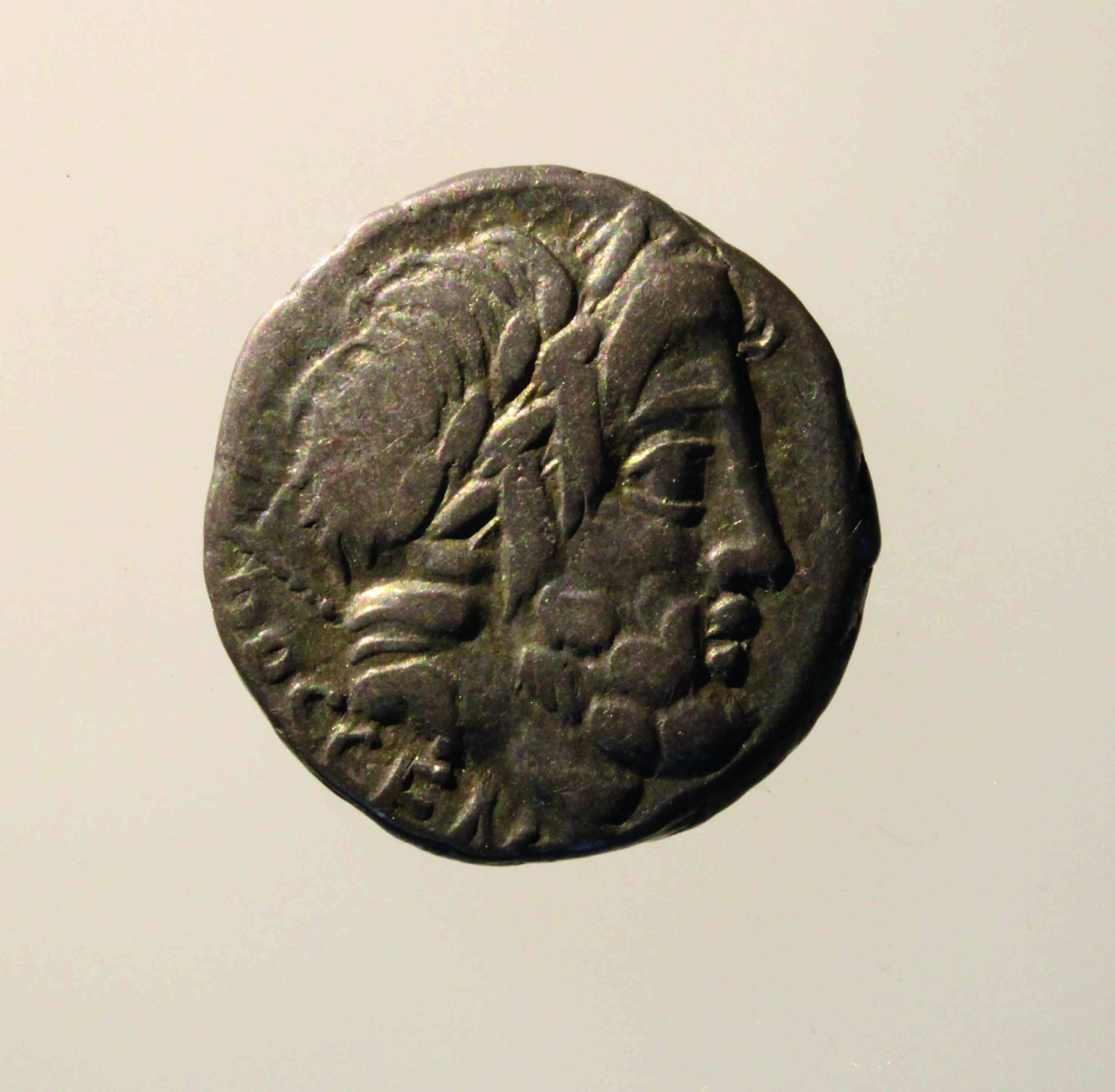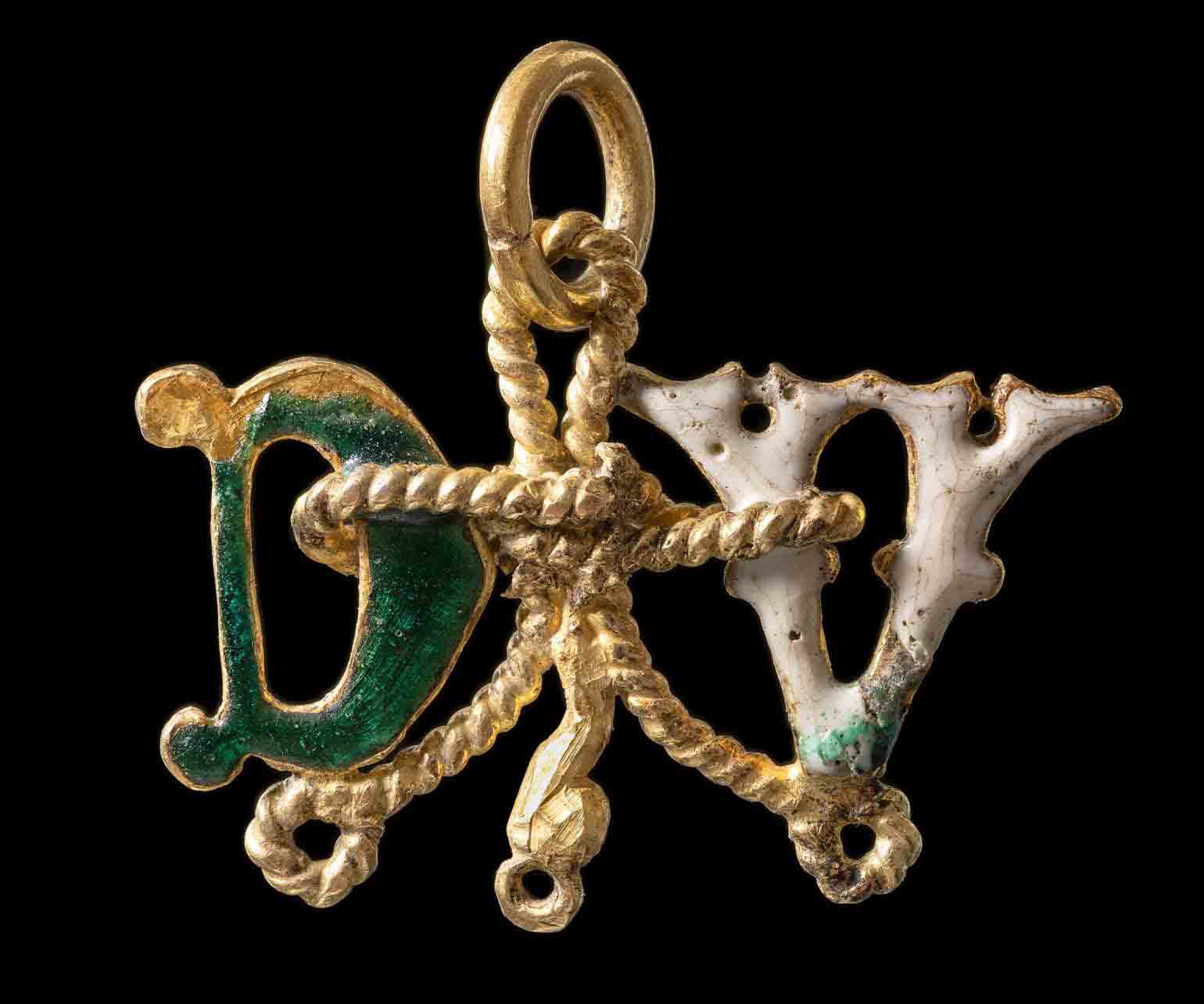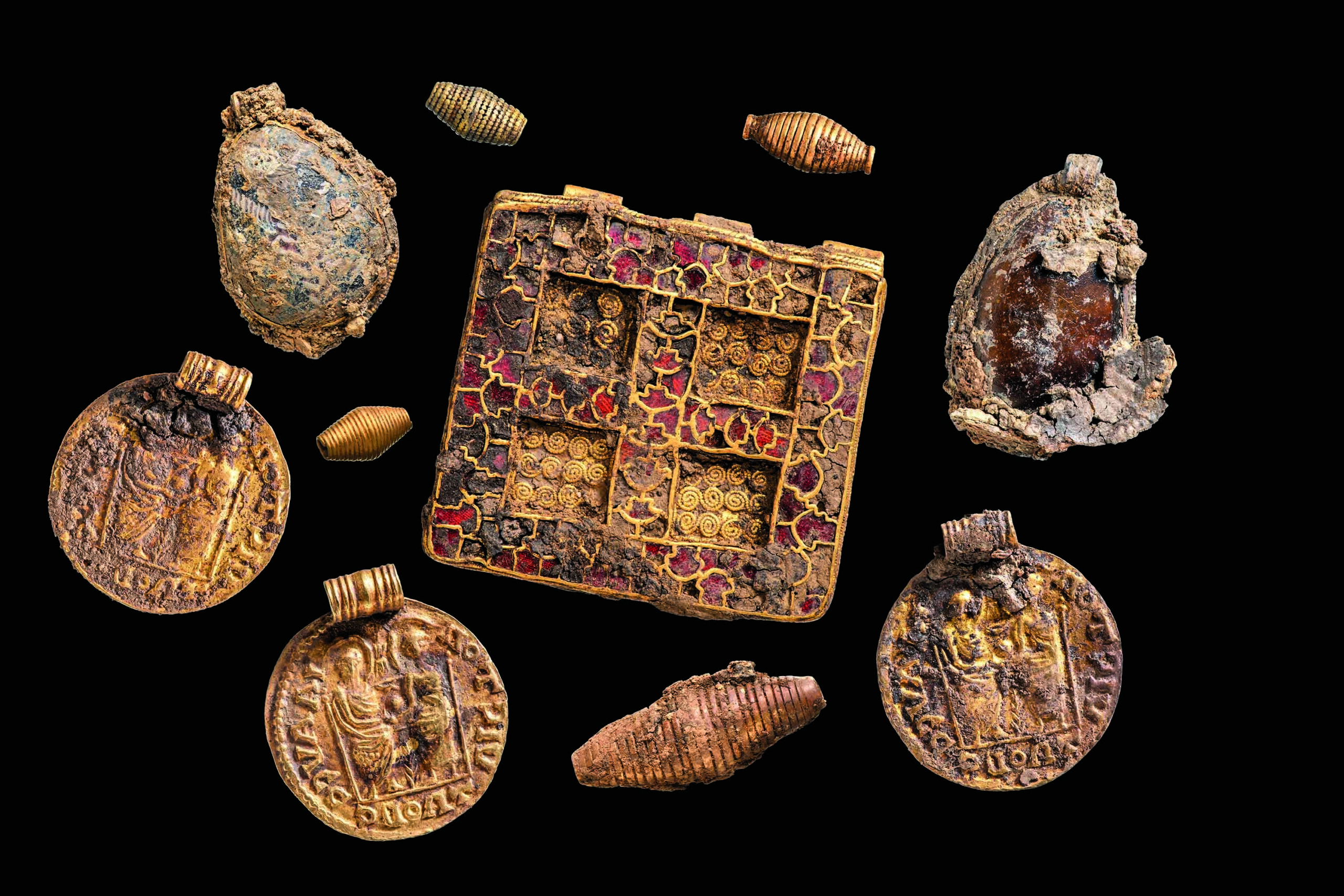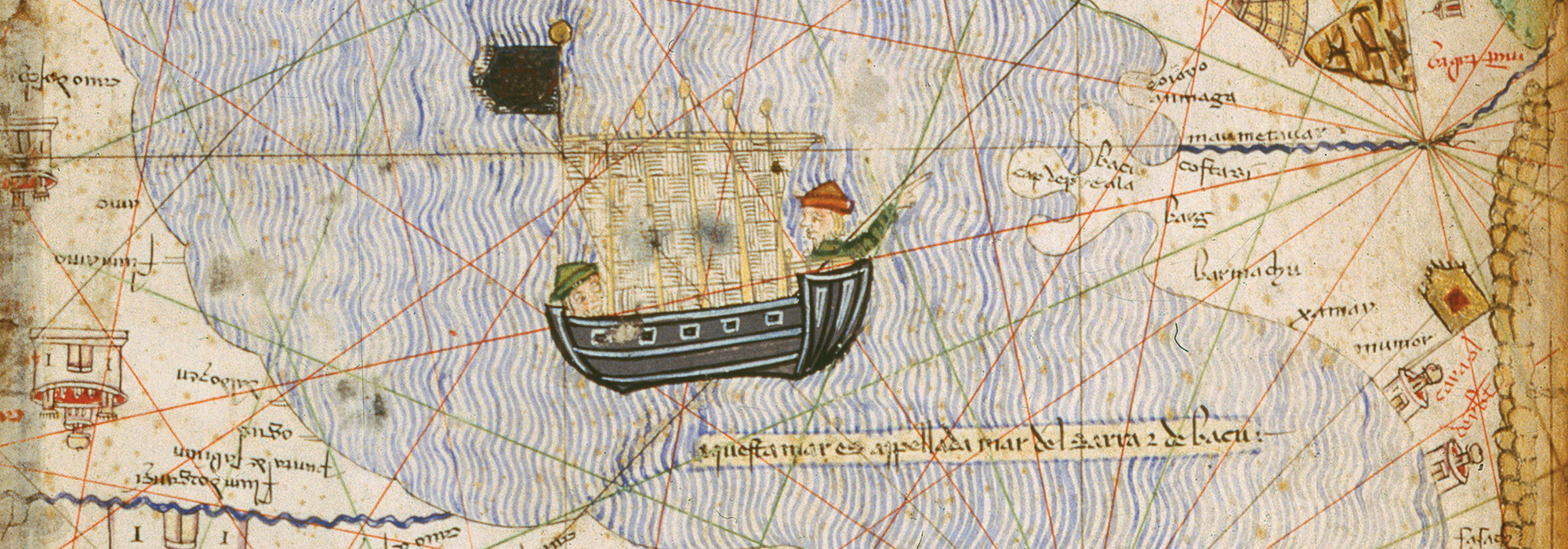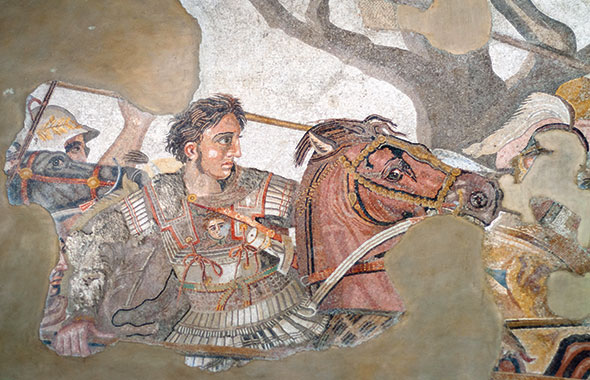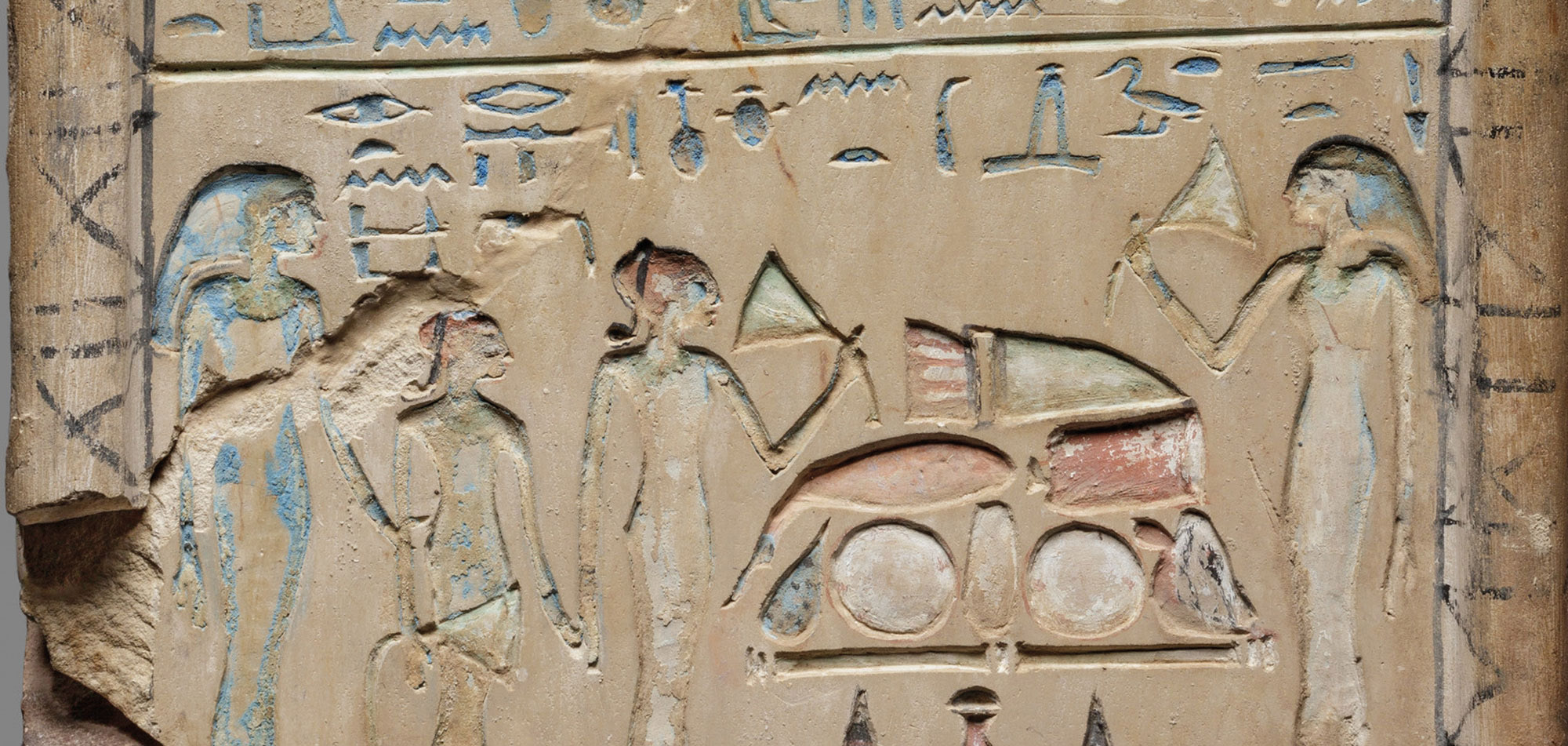
CAMBRIDGE, ENGLAND—According to a report in Cosmos Magazine, lead isotope analysis of coins minted in what are now England, the Netherlands, and parts of France between A.D. 660 and 750 indicates that they were made from recycled Byzantine silver. The identification suggests that trade between northwestern Europe and the Byzantine Empire began earlier than previously thought. “Elites in England and Francia were almost certainly sitting on this silver already,” said Rory Naismith of Cambridge University. The objects were likely melted down when a king or lord needed cash, added Jane Kershaw of Oxford University. The resulting currency fueled trade around the North Sea in the seventh century, the researchers explained. However, coins minted in England in the mid-eighth century under Offa, the King of Mercia, were probably made of silver from the Melle mine in what is now France. As ruler of the Carolingian Empire, Charlemagne exported Melle silver throughout northwestern Europe. Read the original scholarly article about this research in Antiquity. To read about a hoard of Byzantine gold coins uncovered in Israel, go to "Artifact."


